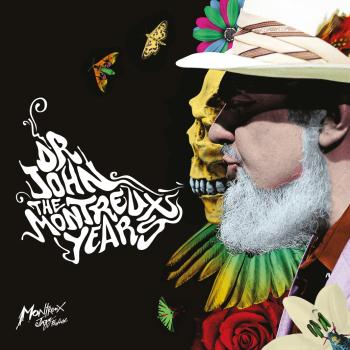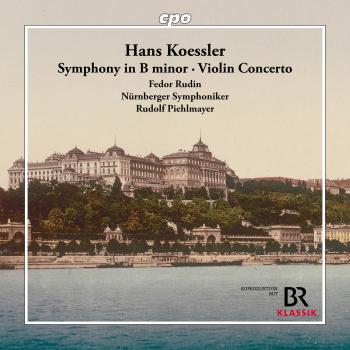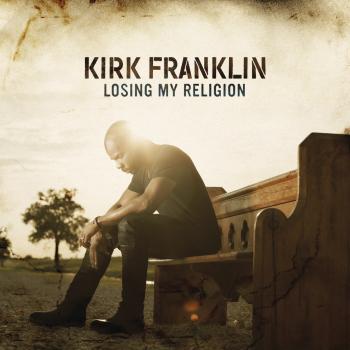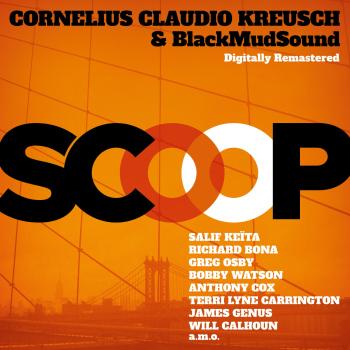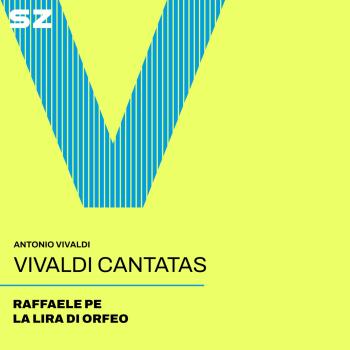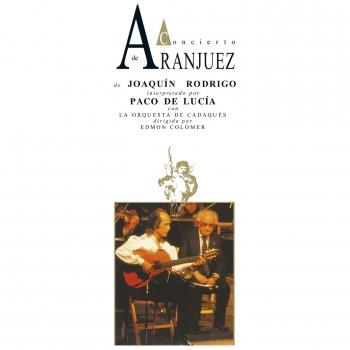Paco de Lucía
Biography Paco de Lucía
Paco de Lucía (Francisco Gustavo Sánchez Gomes)
Richard Chapman described the Spanish guitar virtuoso Paco de Lucía as a giant in the world of flamenco in his book “Guitar: Music, History, Players.” Indeed, no other musician has revolutionized the role of the guitar in flamenco music as much as Paco. In his nearly 50-year solo career, he has introduced legions of new fans to flamenco and Spanish guitar music worldwide and influenced several generations of young flamenco guitarists.
Paco de Lucía was born Francisco Sánchez Gómez on December 21, 1947, in the southern Spanish port city of Algeciras. From the age of seven, he learned to play guitar under the tutelage of his father, Antonio Sánchez, and his older brother, Ramón (stage name: Ramón de Algeciras). José (Pepe de Lucía), a third son of Antonio Sánchez, also pursued a flamenco career as a singer. Eleven-year-old Paco made his first public appearance in 1958 at a local radio station. The following year, he and his brother Pepe won a prize at an international flamenco competition. Five years later, at the age of sixteen, he toured New York with the company of dancer José Greco, where he met the two greats Sabicas and Mario Escudero, who greatly influenced him. Barely back home, Paco moved with his family to Madrid, where he quickly made a name for himself.
Paco made his first public appearance in 1958 at the age of eleven. In 1967, he recorded “La Fabulosa Guitarra de Paco de Lucía,” his first album under his own name. With the legendary singer Camarón de la Isla, Paco recorded ten albums in the following years, which made him famous throughout the flamenco world. In 1973, with his fourth solo album, “Fuente Y Caudal,” and its hit single “Entre dos aguas,” he succeeded in breaking with flamenco conventions and venturing into new musical territory. Although Paco had already accompanied the Spanish saxophonist Pedro Iturralde on his 1967 album “Flamenco Jazz,” he initially continued to follow the traditional flamenco style on his own recordings.
Through his acquaintance with jazz guitarists John McLaughlin, Larry Coryell, and Al Di Meola, Paco's musical horizons continued to expand from the mid-1970s onward. When he recorded the historic guitar trio album “Friday Night in San Francisco” with McLaughlin and Di Meola in 1980, he was catapulted into the international spotlight. Further important collaborations with jazz musicians followed, including one with pianist Chick Corea on the 1982 album “Touchstone.” It wasn't until 1987, with the album “Siroco,” that he returned to his flamenco roots. After that, Paco consistently presented himself on his own albums as a versatile composer and guitarist, while also collaborating with artists as diverse as Brazilian singer Djavan, opera stars Placido Domingo and Luciano Pavarotti, rocker Bryan Adams, jazz trumpeter Wynton Marsalis (“Vitoria Suite,” 2010), and Latino pop singer Alejandro Sanz.
Two of his last albums won Latin Grammy Awards: “Cositas Buenas” in 2004 and “En Vivo – Conciertos Live In Spain 2010” in 2012. His final album, “Canción Andaluza”—recorded shortly before Paco's death on February 25, 2014—was hailed in Spain as the “soundtrack of his life.” In 2016, a recording of a concert Paco de Lucía gave in 1987 as a duo with John McLaughlin (“Paco & John: Live At Montreux 1987”) was released posthumously for the first time as a double CD with a DVD. The 27-CD box set “Integral” also contains all of the guitarist's albums released up to 2004.

